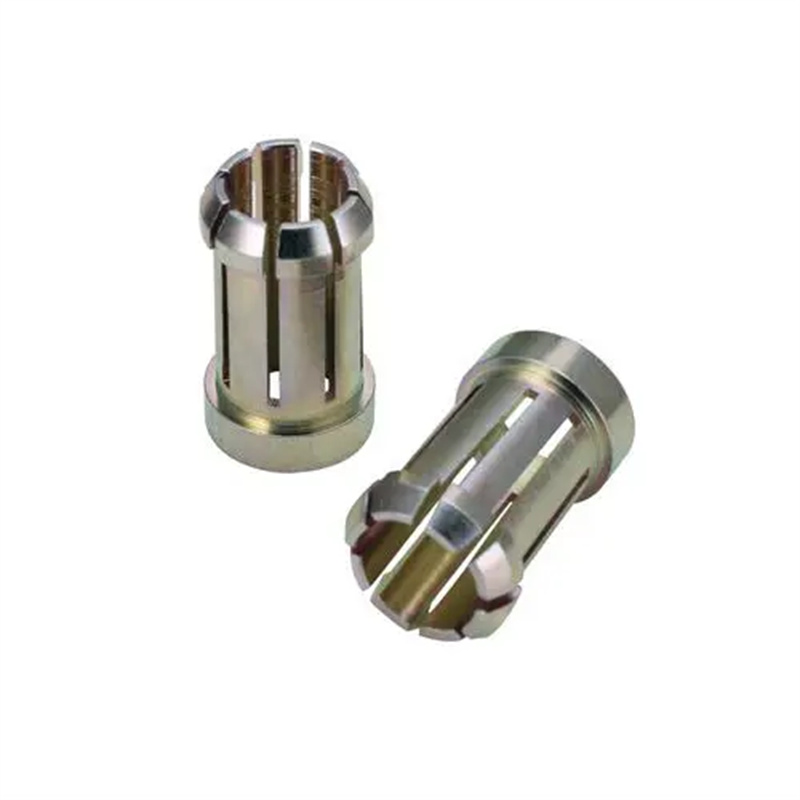Introduction: Passivation of stainless steel workpieces is an important process aimed at enhancing the corrosion resistance properties of stainless steel and prolonging its service life. This article will introduce the technology of passivation for stainless steel workpieces and the crucial role of chemical passivation agents in protecting the workpieces.
What is Stainless Steel Workpiece Passivation?
Stainless steel is a corrosion-resistant material, but it can still corrode under specific conditions. Passivation of stainless steel workpieces involves the formation of a dense oxide film on the stainless steel surface to improve its resistance to corrosion. This oxide film is referred to as a passivation film.
Role of Chemical Passivation Agents
Chemical passivation agents are a crucial component in passivating stainless steel workpieces. Here are their main roles:
- Formation of Passivation Film: When chemical passivation agents come into contact with the stainless steel surface, they react with the metal surface to form a robust passivation film. This film effectively isolates stainless steel from corrosive environments.
- Enhanced Corrosion Resistance: By forming the passivation film, chemical passivation agents significantly enhance the corrosion resistance of stainless steel, allowing it to endure extended exposure to acidic, alkaline, salty, and other corrosive environments.
- Improved Aesthetics: After passivation of stainless steel workpieces, the surface often becomes smoother and more visually appealing, enhancing the quality of appearance and making it suitable for decorative applications.
Steps for Stainless Steel Workpiece Passivation
The general steps for passivating stainless steel workpieces are as follows:
- Preparation: Initially, the workpieces are subjected to surface cleaning to remove dirt, grease, and other impurities, ensuring proper contact of the passivation agent with the stainless steel surface.
- Immersion Passivation: Workpieces are immersed in a solution containing chemical passivation agents, typically for a specified duration to allow for the formation of a uniform passivation film.
- Rinsing and Neutralization: After passivation is complete, the workpieces undergo thorough rinsing to remove excess passivation agents. This step may also include neutralization to ensure chemical balance.
- Drying: Finally, the workpieces are dried to ensure complete surface dryness, allowing the passivation film to solidify.
Conclusion
Passivation of stainless steel workpieces is a critical process that enhances their corrosion resistance properties and aesthetics. Chemical passivation agents play a pivotal role in this process by providing effective protection through the formation of a durable passivation film. This technology not only extends the service life of stainless steel workpieces but also serves
Post time: Oct-19-2023


